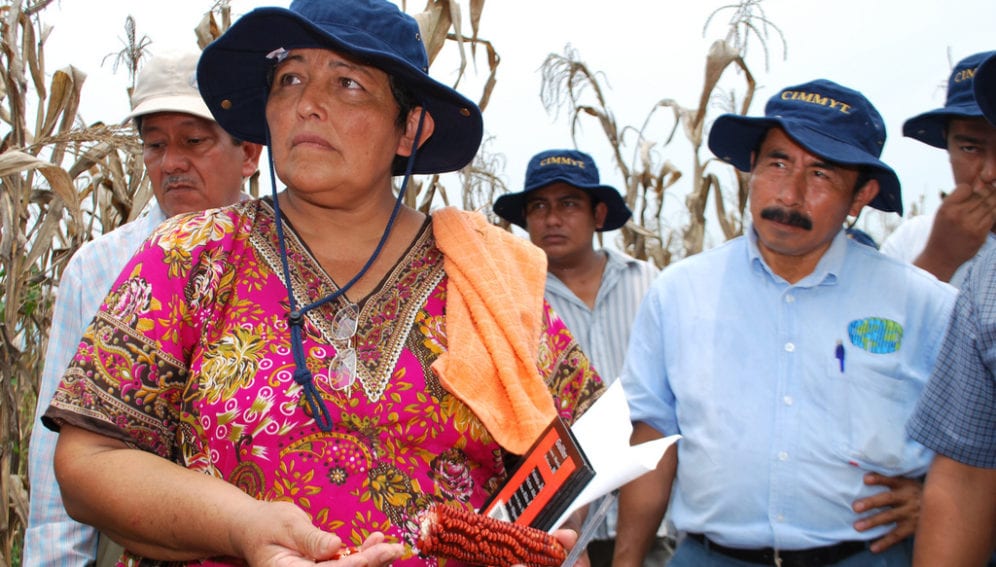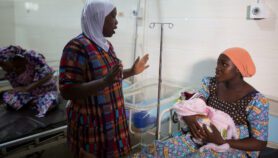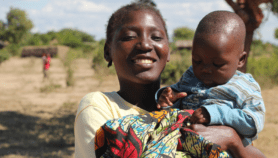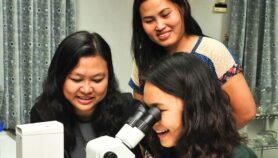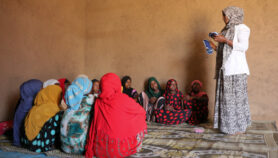Send to a friend
The details you provide on this page will not be used to send unsolicited email, and will not be sold to a 3rd party. See privacy policy.
[SANTIAGO] More women in Latin America and the Caribbean are obtaining university degrees and academic distinctions in science and technology (S&T) disciplines, but they lag behind men in senior research positions, according to a UN study.
The study, published by the Economic Commission for Latin America and the Caribbean (ECLAC), says that the number of women in S&T professions is growing in most countries.
And it says that 46 per cent of researchers in Latin America and the Caribbean are women — compared with a world average of 29 per cent citing statistics published by UNESCO (the UN Educational, Scientific and Cultural Organization) in 2011.
“The tensions between women’s family and social responsibilities, and the challenges posed by careers in S&T discourage women from studying S&T or force them to abandon such jobs.”
Lucía Scuro, ECLAC
But the report also says that men continue to dominate research in most countries of the region and in two of them (Chile and Honduras) 70 per cent of researchers are male, according to the latest available figures.
“Although more women are studying for postgraduate degrees, especially doctoral degrees, the retention rate for women falls as the research career advances,” says the report. “Research shows that many women … must choose between motherhood and career advancement.”
For example, the report says, women represent just 16 per cent of the top ranks of S&T sector in Mexico, and 25 and 28 per cent in Brazil and Argentina, respectively.
“The history of women scientists,” it says, “has been one of moving from exclusion to segregation.”
The report also finds that men dominate engineering and ‘exact’ sciences — such as chemistry, physics and astronomy.
Lucía Scuro, social affairs officer in ECLAC’s Division for Gender Affairs, tells SciDev.Net: “Stereotypes associated with science tend to be masculine. Boys are subtly encouraged towards maths, engineering and technology, and girls to social and caring areas.”
Scuro adds: “The tensions between women’s family and social responsibilities, and the challenges posed by careers in S&T discourage women from studying S&T or force them to abandon such jobs”.
But there have been positive developments, too, the report notes.
For example, to increase women’s enrolment in scientific university courses, Costa Rica created a Science and Gender Unit at its science ministry in 2010.
And officials say Chile’s National S&T Commission (CONICYT) passed a gender policy in February this year.
“When awarding project funding, CONICYT takes into account the number of papers published in the previous two years but for women who became mothers in those two preceding years, their scientific production over the last four years is considered. If they get the funding, the project duration is also extended,” Horacio González, gender specialist at CONICYT, tells SciDev.Net.
He expects that the new policy will increase the percentage of women applying for funding from CONICYT, which has already increased from 25 to 45 per cent between 2001 and 2012.
The ECLAC report was published last month (15 October).


